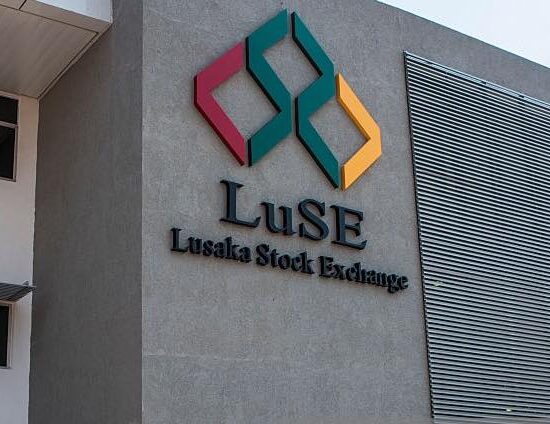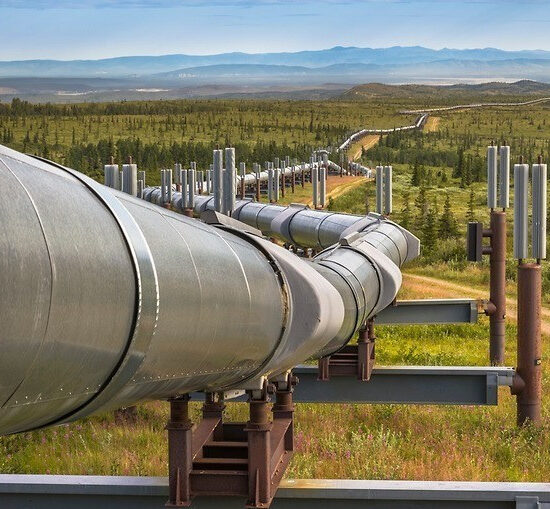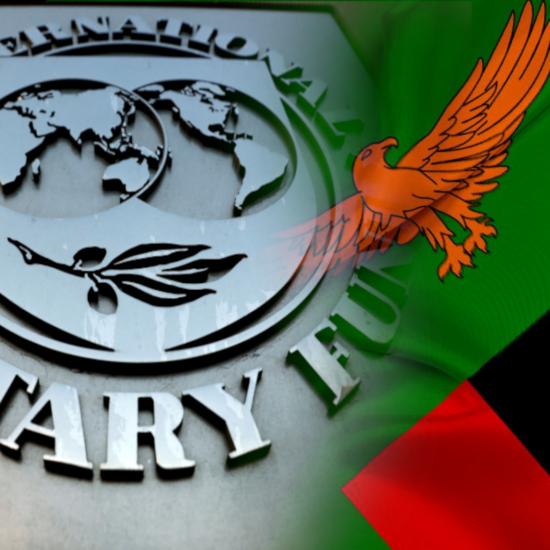
Finance Minister Situmbeko Musokotwane has indirectly admitted during his second budget speech that Zambia’s economic growth as measured by the Growth Domestic Product – GDP has slowed down in the UPND administrations first full year budget cycle. Zambia’s GDP growth rate has dropped from almost 5% in 2021 to the projected 3% by end of 2022.
Musokotwane perhaps admitting to what some of the UPND aligned economic commentators have shied away from in facing the reality that the first full budget cycle implementation has resulted in slowing down the GDP recovery growth stated that the delay in onset of rains was to blame for this slow down.
A check on some local businesses and trading districts in the largest cities indicates continued concerns on lack of liquidity (no money in circulation), a situation that has persisted through out most of 2022. Demand recovery has been lethargic and continues to lag behind.
The Finance Minister admitted that “the economy has continued to grow albeit at a slower rate. By the end of this year [2022], GDP is projected to grow by 3% compared to a recovery of 4.6% in 2021”. 2022 is the first full year of the UPND administration management of the Zambian economy. What is even more disturbing is setting a target of 4% GDP growth rate for 2023, which is less than the growth rate of 2021.
Situmbeko blamed the slowing down of the recovery to the late onset of the rains. This is despite the fact the Zambia’s main export commodity copper enjoyed a relatively better price on the international market. “The slowdown in growth is mainly attributed to lower output in agriculture due to late onset of rain, drought and flash floods in some parts of the country”.
The finance minister further blamed the slow down of GDP growth from about 5% in 2021 to the expected 3% in 2022 to the “weak performance recorded in the construction sector”. But analyst argue that it was his own budget that channeled resources away from infrastructure and the construction sector specifically to social spending.
What is however blatantly clear is that the 2022 budget had pledged to continue the infrastructure drive through the Public Private Partnership – PPP model which is yet to materialize. The biggest anticipated project for 2022 was to be the Lusaka – Ndola dual carriage way which is yet to be awarded and let alone commissioned.
When all is said and done, the GDP growth rate is the ultimate measure of how an administration is performing as far as economic management is concerned. It is from the GDP number that both taxation and non tax revenue targets and their resultant efficiency are measured from.
COVID which was the biggest hurdle to economic recovery has subsided with 2022 even witnessing the suspension of the mask wearing mandate. The UPND administration should timely find a way to continue with the massive infrastructure drive, test this PPP model if it can work and move on before more time is lost.
In as much as the UPND administration seems to have succeeded in turning around the international negative narrative about Zambia [which frankly speaking they also contributed to creating while in opposition], there is need to aim to back this positive narrative with more enduring policies around future prevention of political activities that dent the country’s image abroad. It’s simply bad for business.
Moreover, the macro economic variables such as the Kwacha exchange rate, inflation and debt sustainability seem to have been stabilized, however – the levers used to stabilize and control them such as forex inflows are still more leaning to better economic sentiment and international goodwill rather than increased exports or production in the Zambian economy.
There is need to drive actual industrial and Agro production growth to aggressively grow exports and attract import substituting industries among other economic needs, the country needs to be posting minimum acceptable GDP annual growth rates of above 7% and anything less than this should make those currently in charge of economic management to sit up and not expect us to give them a break.
What is however clear to the initiated and those that understand the path to tangible wealth creation is that Zambia needs some extra-ordinary solutions and unconventional moves to deliver desired growth that can transform the lives of the majority of its people.







